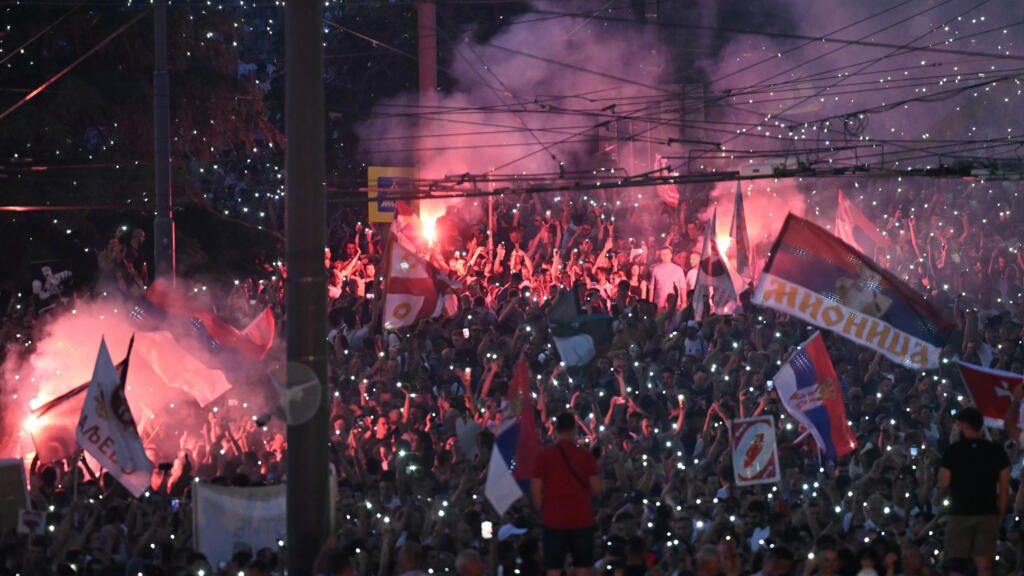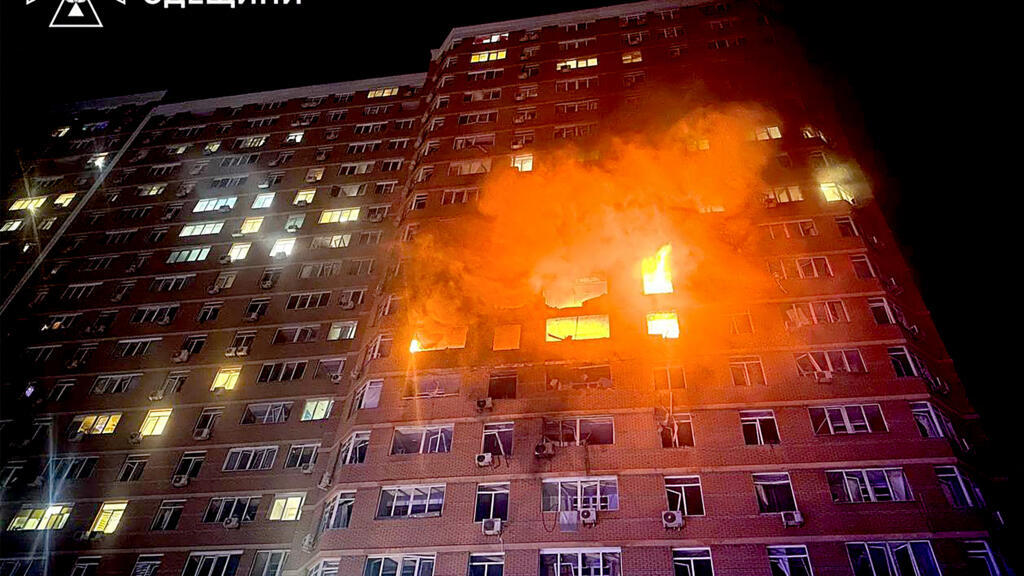Major Protests Erupt in Belgrade Demand Early Elections
A significant wave of protests swept through Belgrade recently, with approximately 140,000 demonstrators gathering in what has become one of the largest rallies in the city in recent months. The escalating student-led demonstrations signal a united effort to apply increased pressure on the current populist government, demanding the call for early elections. This unprecedented turnout showcases widespread dissatisfaction among citizens, particularly among younger demographics, who are vocal about their desire for political change.
The protests, which have been primarily organized by university students, reflect a growing frustration over various issues, including government corruption, economic instability, and perceived erosion of democratic values. Protesters are not only calling for immediate elections but are also advocating for greater transparency and accountability from their elected officials. The atmosphere during the demonstrations has been charged yet peaceful, with attendees carrying signs and chanting slogans that echo their demands for reform.
Over the past months, these protests have garnered increased momentum, attracting thousands of supporters each week. The scale of the latest rally signifies a pivotal moment in the political landscape of Serbia, as citizens express their disillusionment with the status quo and their desire for a political shift. Many participants view this as a critical opportunity to reclaim their civic rights and influence the future direction of the government.
Student leaders have played an essential role in mobilizing support for these protests, utilizing social media platforms to spread awareness and rally participants. The student organizations are not just focusing on immediate political concerns but are also addressing broader societal issues, advocating for educational reforms and improved living standards. This strategic approach aims to resonate with a wider audience, including families and older citizens who share similar grievances about the current regime.
Reactions to the protests from the government have varied, with some officials dismissing the demonstrations as a minor nuisance while others express concern over the potential implications for government stability. Opposition parties have seized upon the protests as an opportunity to unite against the populist ruling party, potentially signaling a shift in the political dynamic of Serbia. Analysts suggest that the growing public dissent could lead to a breaking point, where the government may have no choice but to consider reform or face potential electoral challenges.
As the protests continue to gain traction, international observers are also watching closely, noting the implications for Serbia’s democratic processes and its relationships with European Union institutions. The outcome of these demonstrations could significantly influence Serbia's path toward EU accession, as the bloc has previously emphasized the importance of democratic governance and civil rights.
In conclusion, the assembly of around 140,000 protesters in Belgrade marks a significant chapter in the ongoing struggle for political reform in Serbia. With student-led activism at the forefront, the calls for early elections and government accountability resonate deeply within the population. The developments in Belgrade may pave the way for profound changes in Serbia's political landscape, reflecting broader trends of public engagement and demand for responsive governance in the region.












